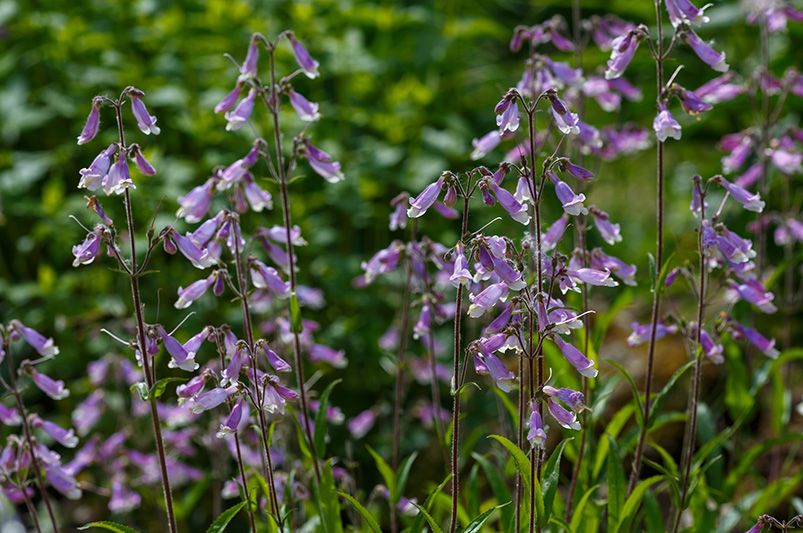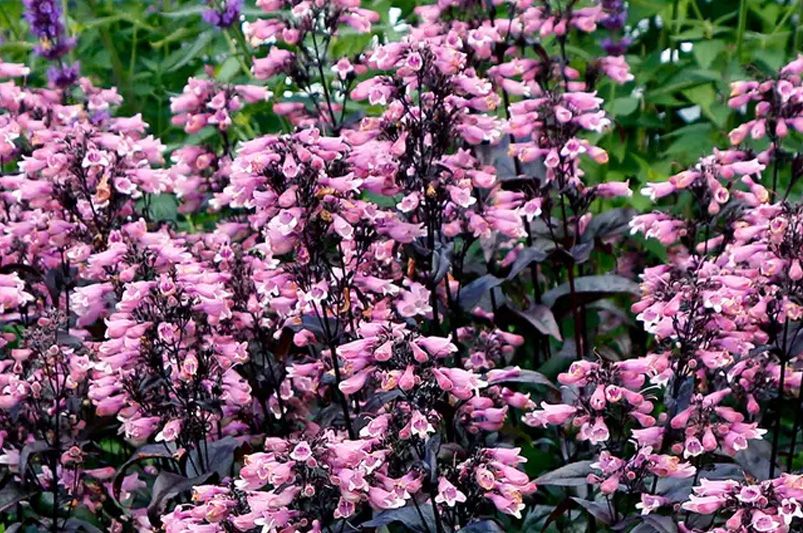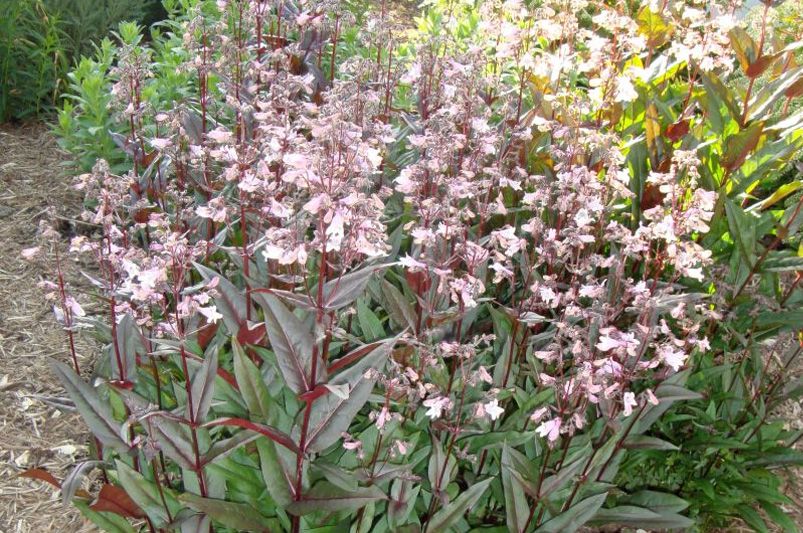
Exploring the Beauty and Benefits of Penstemon
Published: 07/08/2024 | Updated: 07/08/2024
Exploring the Beauty and Benefits of Penstemon
Introduction
Penstemon, commonly known as beardtongue, is a vibrant and versatile genus of flowering plants that bring a burst of color and texture to any garden. With over 250 species, these perennials are prized for their stunning tubular flowers and ability to attract pollinators such as bees and hummingbirds. In this article, we’ll talk in depth about some captivating varieties of Penstemon, their plantation and growth requirements, care tips, pruning and propagation methods, and how to manage common pests and diseases. For more expert gardening tips and inspiration, be sure to check out our weekly blog articles at ShrubHub.com blog.


Varieties of Penstemon

DAKOTA Verde Penstemon The DAKOTA Verde Penstemon is a hardy perennial that showcases vibrant spikes of pinkish-purple flowers. Known for its impressive drought tolerance and long blooming period, this variety is perfect for adding a splash of color to garden borders and rock gardens. Its narrow, dark green foliage provides a striking contrast to its bright blooms. This plant thrives in well-drained soil and full sun, making it an excellent choice for low-maintenance landscapes.

Husker Red Penstemon The Husker Red Penstemon is renowned for its deep red stems and lush, burgundy foliage. It produces elegant white to light pink flowers, creating a beautiful contrast against its dark leaves. This variety is highly adaptable, thriving in various soil types and requiring minimal care. It’s an excellent choice for adding depth and drama to perennial beds and mixed borders. The Husker Red’s robust nature and striking appearance make it a favorite among gardeners.
Plantation & Growth
Penstemon plants thrive in well-drained soil and full sun, though they can tolerate partial shade. To plant Penstemon, start by choosing a location with good air circulation and ample sunlight. Dig a hole twice as wide and just as deep as the root ball. Place the plant in the hole, ensuring the top of the root ball is level with the soil surface. Fill the hole with soil, gently firming it around the plant. Water thoroughly to help establish the roots.
For best results, space Penstemon plants about 18-24 inches apart. This spacing allows for adequate air circulation, reducing the risk of fungal diseases and promoting healthy growth. Mulching around the base of the plants can help retain moisture and suppress weeds.
Plant Care
Caring for Penstemon is relatively straightforward. Water newly planted Penstemon regularly until they are well-established. Once established, they are quite drought-tolerant and require minimal watering. During prolonged dry periods, however, occasional deep watering can promote better blooms.
Fertilizing Penstemon is usually unnecessary if the soil is of good quality. However, in poorer soils, a light application of a balanced, slow-release fertilizer in early spring can boost growth and flowering. Deadheading spent flowers encourages continuous blooming and prevents the plant from diverting energy into seed production.
Pruning & Propagation
Pruning Penstemon helps maintain their shape and promotes vigorous growth. Cut back the flowering stems after blooming to encourage a second wave of flowers. In late fall, after the first frost, prune the plant back to the basal rosettes to prepare it for winter.
Penstemon can be propagated through seeds, cuttings, or division. For seed propagation, sow the seeds in a well-draining seed mix and keep them moist until germination. For cuttings, take 4-6 inch cuttings from healthy plants in late spring or early summer, remove the lower leaves, and plant them in a well-draining soil mix. Division is best done in early spring or late fall; dig up the plant and carefully divide the root ball into smaller sections, each with several shoots and roots.
Common Pests & Diseases
Penstemon is generally resistant to pests and diseases, but it’s still important to monitor for potential issues. Aphids, spider mites, and whiteflies can occasionally be a problem. Treat infestations with insecticidal soap or neem oil. Good air circulation and avoiding overhead watering can help prevent fungal diseases such as powdery mildew and root rot.
Ensure the soil drains well to prevent root rot, a common issue in poorly drained soils. If you notice yellowing leaves or wilting stems, it might be a sign of root rot. In such cases, improve soil drainage and reduce watering.
Conclusion


